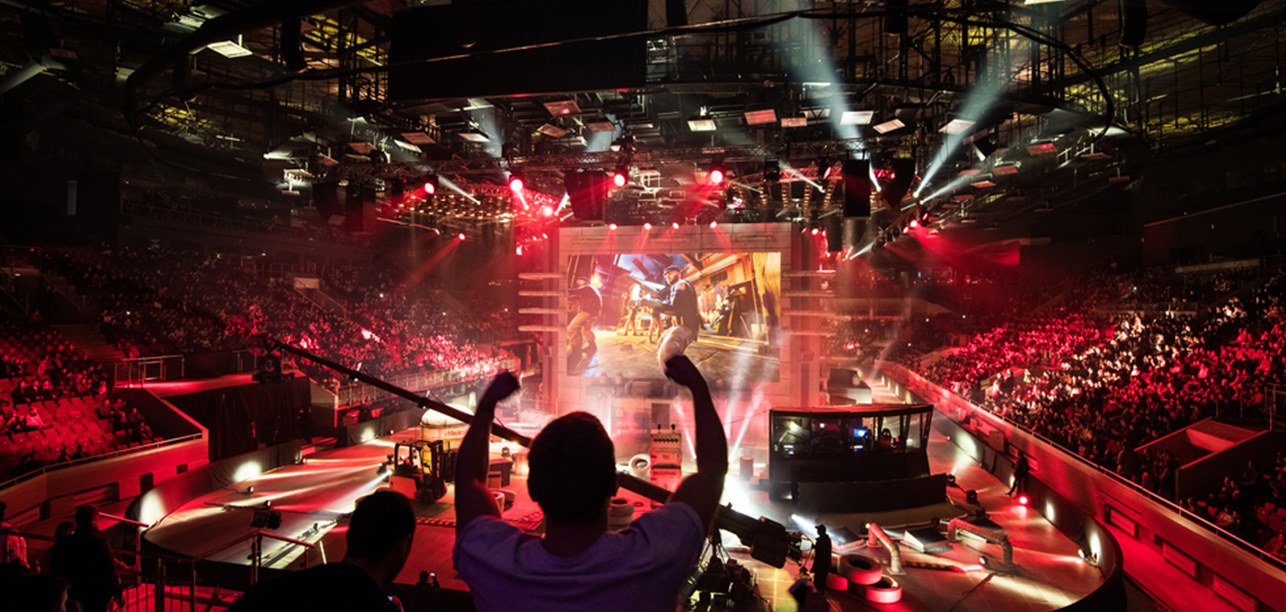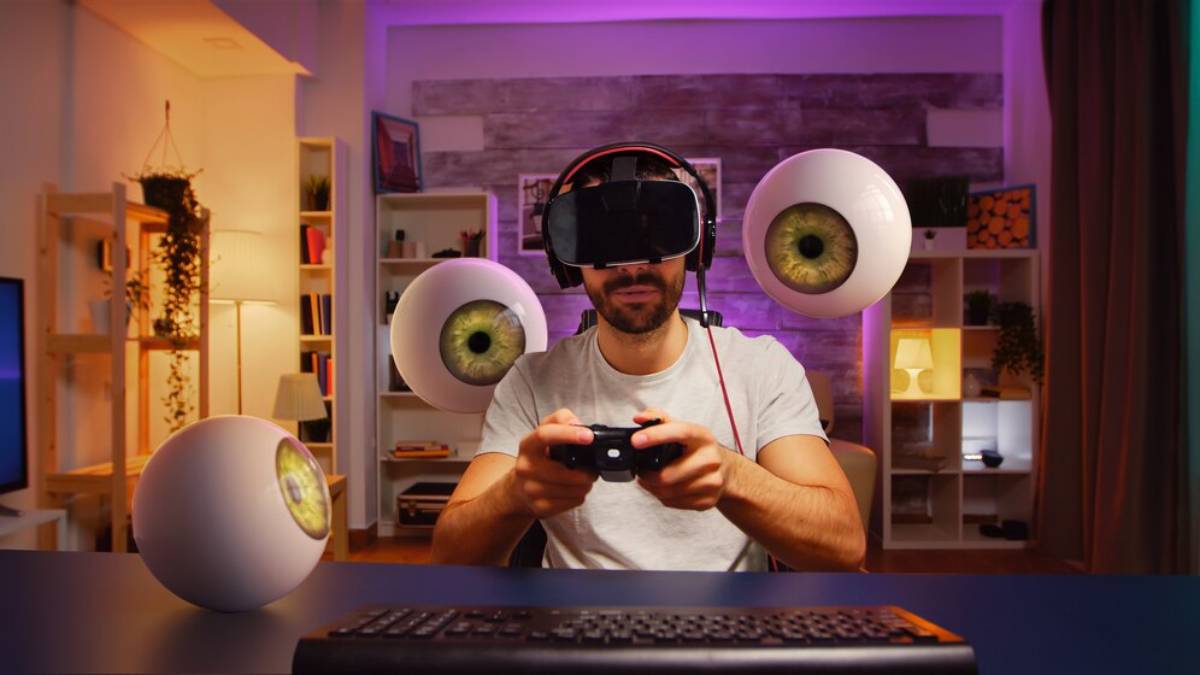
Game Updates That Shaped the Esports Meta This Year
Esports thrives on change. Game developers are key in shaping the competitive scene. They create powerful balance patches and make major gameplay changes. In 2025, significant updates in esports games changed the meta. Pros had to rethink their strategies, adjust team compositions, and adapt quickly.
Knowing these strategies is key whether you’re a serious gamer or just a fan. They show how complex and ever-changing esports really is. Let’s look at the major updates from 2025 that changed the meta in top esports games.
What is the Meta—and Why Does it Matter?
Before diving in, it’s essential to understand the “meta.” Meta stands for “most effective tactics available.” It highlights the best strategies, characters, weapons, or builds, helping teams gain a competitive edge. In esports, staying on top of the meta often means the difference between winning and losing.
Game updates—particularly balance patches and seasonal content—directly influence the meta by:
- Buffing or nerfing characters/weapons
- Introducing new gameplay mechanics
- Reworking maps or objectives
- Changing the pacing or economy of the game
The meta keeps changing. Top esports teams need to adapt or they will fall behind.
League of Legends: Item Overhaul and Champion Reworks
Key Update: Mid-Season Patch 13.11
Impact: Tank dominance shifted to assassin and burst mage playstyles
Riot Games made significant changes to items during the season. They focused on essential items like Jak’Sho, the Protean, and Radiant Virtue. Tanks, once the kings of the early 2025 pro meta, now face challenges. Assassins and high-burst mages are rising in the tier list, making tanks feel weak.
Meta Shift:
- Teams shifted from engage-heavy comps to poke and pick-focused comps.
- Champions like Zed, Ahri, and Jayce surged in pick/ban priority.
- Junglers leaned toward burst damage instead of utility tanks.
Strategic Adjustment: The pros focused on early lane control and objective capture. They used mobility and precision instead of sheer strength, leading to faster, bloodier games on the LEC and LCK stages.
Valorant: Agent Balance and Map Rotation
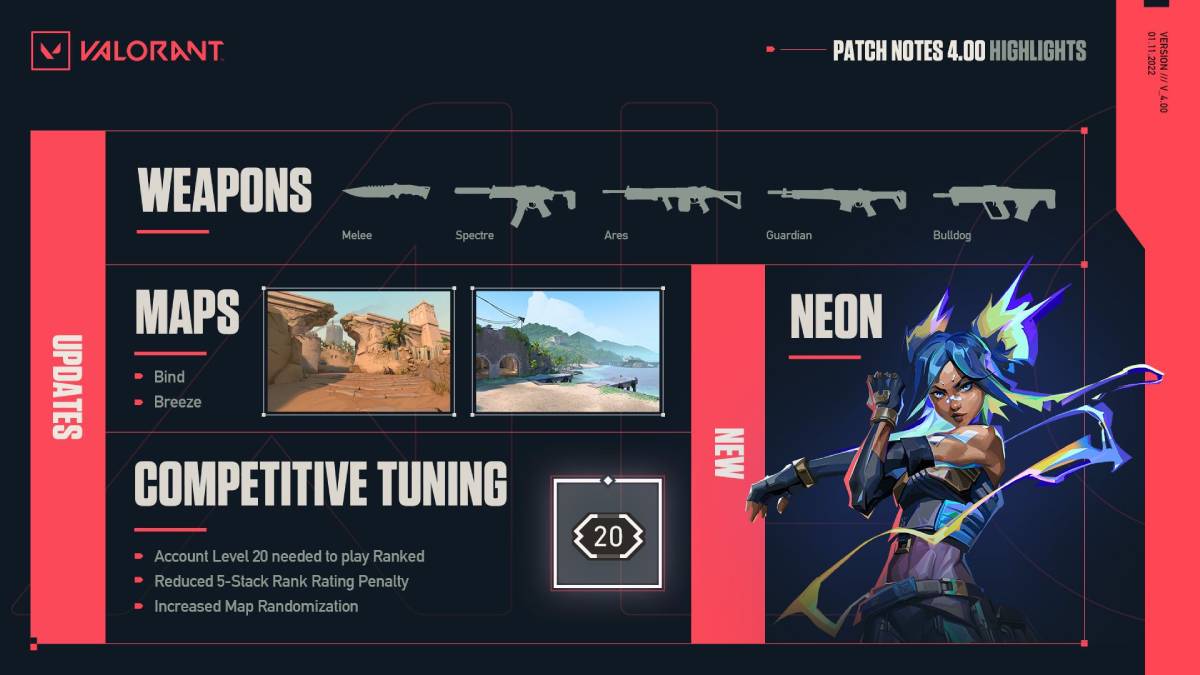
Key Update: Episode 9 Act 2
Impact: Utility-heavy controllers lost dominance to flash-and-entry agents
Riot’s Valorant team made big changes to agent balance. They nerfed Astra and Brimstone but boosted Phoenix and Reyna. The result? Teams began favouring faster executes and solo-play potential over structured utility.
Meta Shift:
- Double-duelist compositions became more common.
- Entry fraggers gained higher value in team drafts.
- Older maps like Haven rotated back in, shifting map strategy dynamics.
Pro teams made strategic changes. They focused on aggressive peeking, quick site hits, and shorter rounds. This meta favoured mechanical skill and timing over long-winded site control.
Dota 2: Patch 7.36 and the Return of Push Meta
Key Update: Spring Update 7.36
Impact: Buffs to early-game objectives and pushing abilities
Valve’s new Dota 2 patch changed neutral items and core mechanics. It adjusted tower gold distribution and map control rewards. Early-game aggression paid off again. Tower sieges turned into a key way to win.
Meta Shift:
- Heroes like Beastmaster, Death Prophet, and Visage rose in popularity.
- Greedy farming carries took a backseat to active, tempo-setting heroes.
- Early Roshan fights and lane pressure became focal points.
Teams began to focus on timing pushes, map vision, and snowballing leads. They stopped dragging games into late-game scaling. This meta-shift significantly altered drafting priorities at the ESL Pro Circuit.
Counter-Strike 2: New Economy System and Smokes
Key Update: CS2 Launch Mechanics
Impact: Dynamic smokes and economic rebalancing
Counter-Strike 2 finally launched, bringing big changes to the game’s physics and round economy. The most notable change was the dynamic smoke mechanic, which lets bullets and grenades briefly clear smoke. There were also tweaks to round loss bonuses.
Meta Shift:
- Utility usage became even more critical with tactical smoke manipulation.
- More eco rounds turned into force-buys, leading to higher unpredictability.
- Teams incorporated smoke-breaking tactics as standard procedure.
Strategic Shift: Top teams like FaZe Clan and G2 Esports created smoke-bait strategies. This opened new sightlines and shifted focus to individual duels and mid-round calls.
Overwatch 2: Hero Reworks and Team Structure
Key Update: Role Reinforcement and Hero Passives
Impact: New team dynamics and hero viability shifts
Blizzard made big changes to hero passives in Overwatch 2. This helps strengthen the unique roles of tanks, supports, and damage heroes. The addition of hero-specific passives created deeper specialisation and counter-picking strategies.
Meta Shift:
- Dive comps regained dominance with the return of Winston-centric builds.
- Support duos like Lucio/Kiriko offered mobility and sustain.
- Solo-carry potential increased, especially in higher-level competitive play.
Strategic Adjustment: Coaches refocused on micro-coordination, rewarding teams with strong shot-calling and synchronisation—pros invested in mastering one or two heroes deeply rather than flexing across roles.
Fortnite: Weapon Vaulting and Mobility Rework
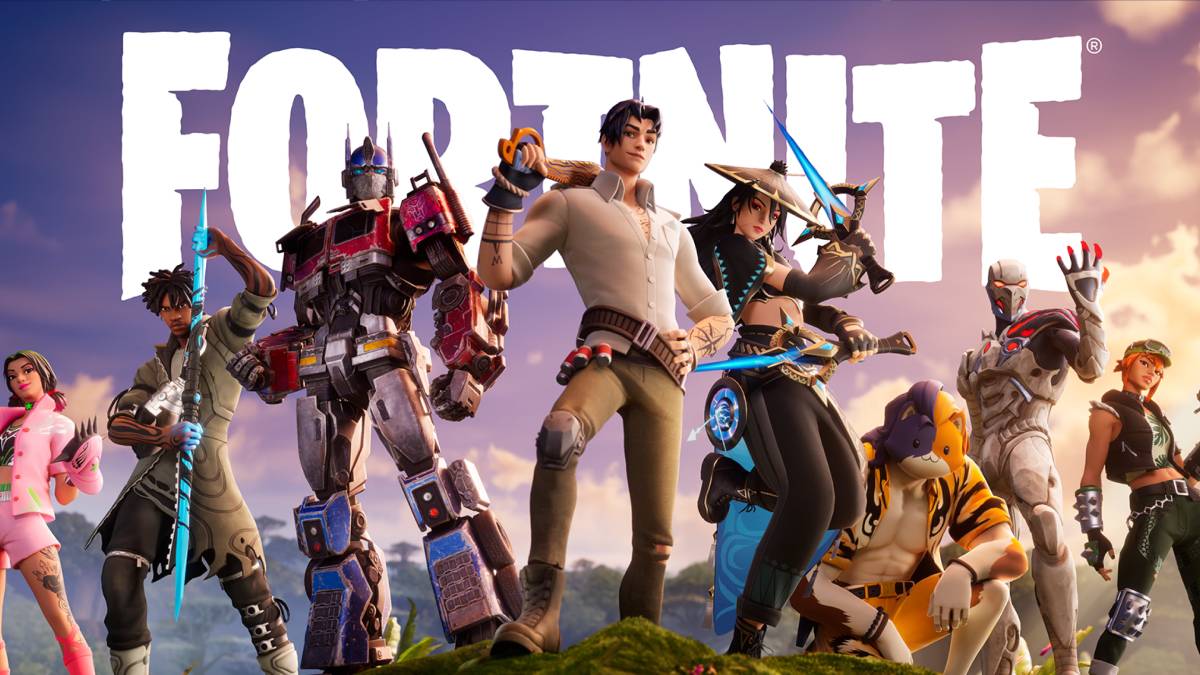
Key Update: Season 6: Skybreak
Impact: Mobility tools and core weapon sets reshaped the battle royale meta
Epic Games removed some favourite weapons. They added new mobility tools like grapplers, air vents, and jetpacks. This drastically changed rotational strategies in high-stakes lobbies.
Meta Shift:
- Players favoured high-ground control and vertical positioning.
- SMG and burst rifle combos replaced traditional shotguns.
- Resource gathering took a backseat to mobility and surprise positioning.
Pro scrims now focus on zone prediction, timing rotations, and optimising loadouts. This helps in movement-heavy endgame scenarios. Victory Royales came down to mechanical execution in the air as much as on the ground.
Honourable Mentions: Mobile Esports and Wild Rift
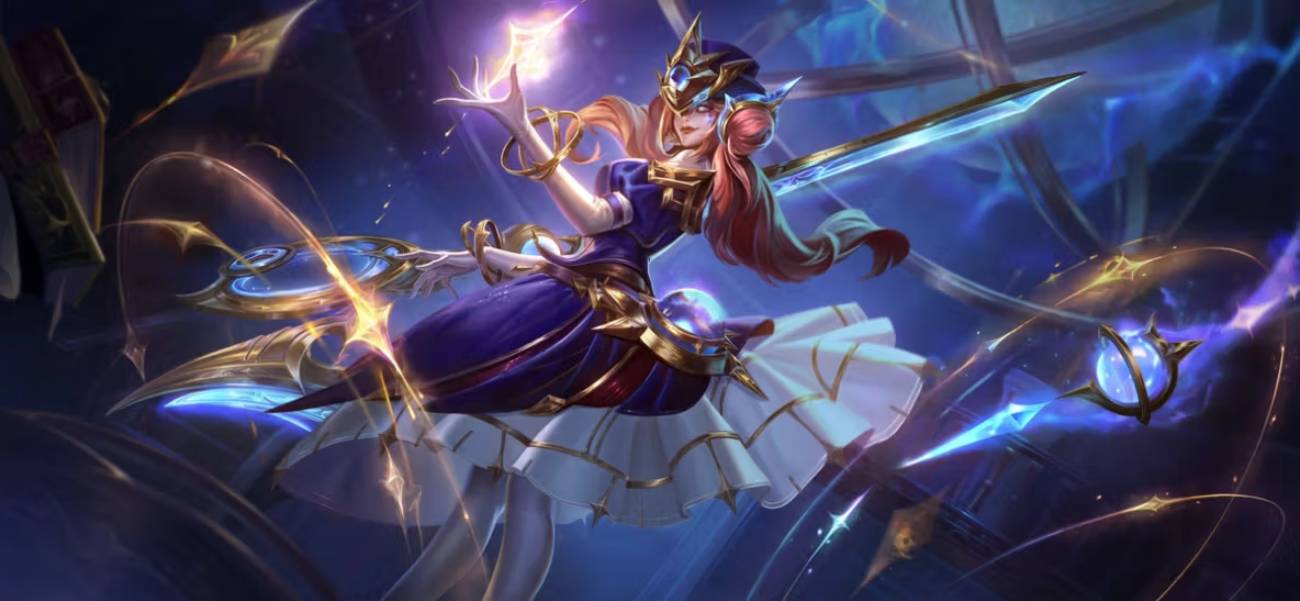
Mobile esports games Wild Rift, PUBG Mobile, and Mobile Legends received key balance updates. These changes affected tournament metas.
- Wild Rift saw turret damage buffs that favoured siege-oriented champions.
- PUBG Mobile introduced loadout zones,and shifting drop-point strategies.
- Mobile Legends rebalanced jungle XP to nerf early snowball potential.
These changes affected pro circuits in Southeast Asia and LATAM. Esports game updates are becoming more complex, and they are also having a bigger impact on mobile gaming.
Final Thoughts: Adapting in a Meta-Driven World
One thing is clear—meta shifts are not minor adjustments. They are seismic events in the esports ecosystem. They shape how pros train, how fans view games, and how developers guide the competitive story.
The top teams in 2025 have shown they can adapt. The key to lasting success isn’t just mastering one strategy. It’s about being able to pivot, iterate, and innovate with each patch.
Change is on the way. Those who are intelligent and adaptable will succeed.


